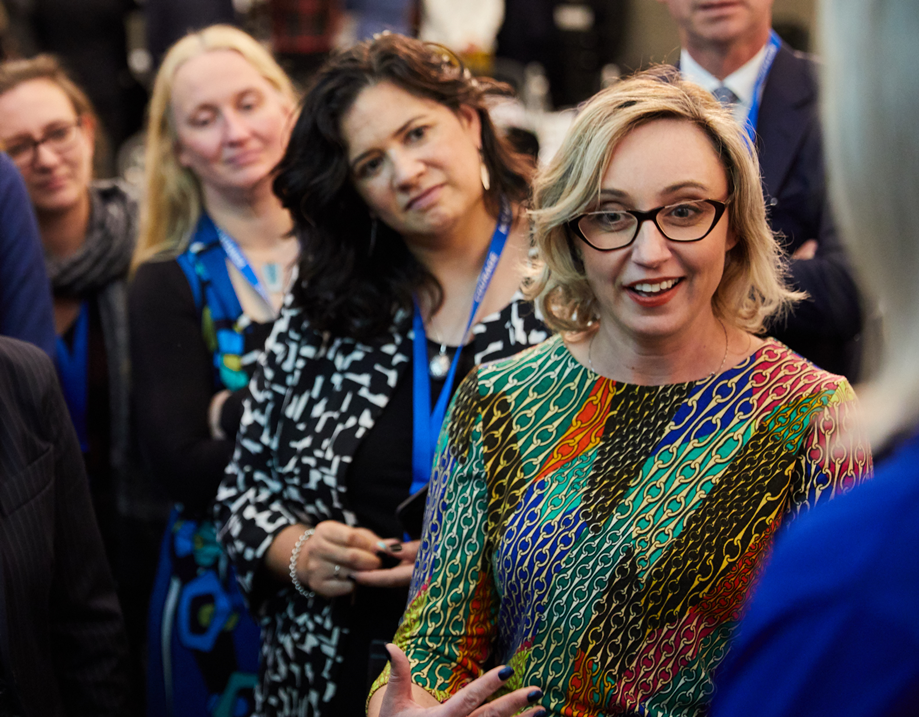
Creating a high-performing, collaborative culture that nurtures talent is crucial to our success. The State Services Commission has identified eradicating the gender pay gap as a priority for the public sector. This year, as part of our People Strategy, we undertook work to address the gender pay gap within our organisation.
We found the gender pay gap within the Ministry was primarily due to vertical segregation, and the concentration of women into lower-paying roles in the organisation. We secured endorsement from the State Services Commission to allocate an additional 1 percent of our remuneration budget (approximately $1 million) to reduce differences within pay bands which are based on gender. This reduced the overall gender pay gap from 17.19 percent to 15.13 percent.
Three hundred women (out of 458) received an adjustment to their pay rate specifically to address gender pay differences with pay bands. Our lowest pay bands (11 and 12) were then allocated an additional 2 percent pay increase across the board (over and above the standard remuneration and gender pay increases) up to 115 percent of the position in range for the grade. This acknowledges that most of our staff in those bands are female. We are on track to eliminate the remainder of the gender pay gap within bands by the 2018-19 financial year.
Changing our policies
We also made changes to our policies to support women’s career progression. These include changing our policy to include employees on parental leave without pay in remuneration reviews, using a Remuneration Specialist to ensure that appointment salaries for men and women are equitable across the organisation, and ensuring women candidates are included in the selection process for Head of Mission roles. We began to actively promote flexible working options as a means to enhance productivity and engagement.
This effort to address the gender pay gap is one of our initial steps in the Ministry’s People Strategy and Diversity and Inclusion Strategy that will ensure we continue to attract, retain and develop the best and brightest talent.

